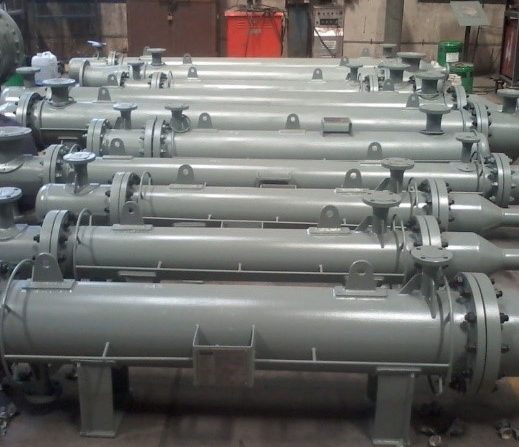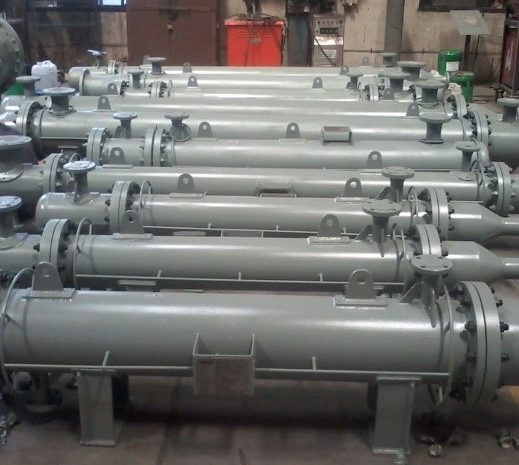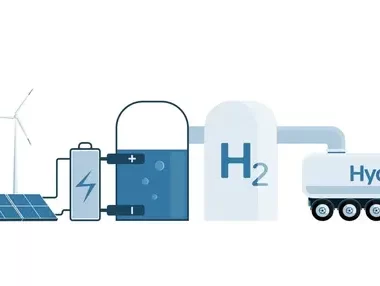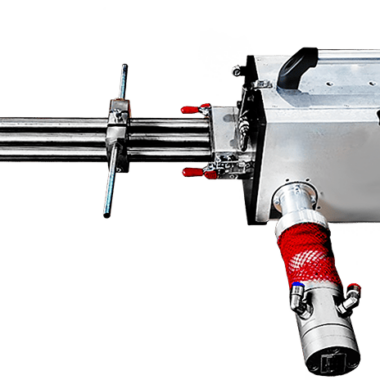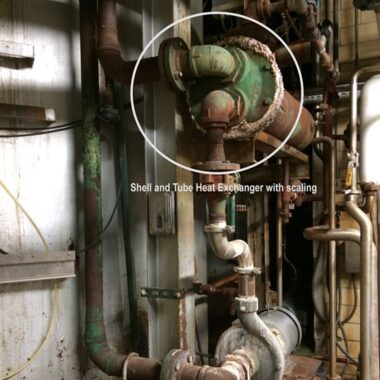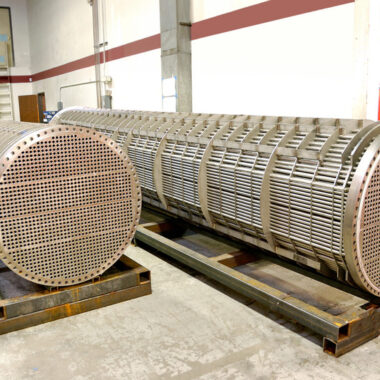Dive deeper into how heat exchangers transfer thermal energy
Dive deeper into how heat exchangers transfer thermal energy
Heat exchangers are indispensably components in different businesses, outlined to exchange thermal energy between liquids without mixing them. The proficiency and adequacy of this exchange are administered by three essential mechanisms: conduction, convection, and radiation. Dive deeper into how heat exchangers transfer thermal energy : Let’s explore these instruments and how they operate inside distinctive types of heat exchangers.
Conduction: The Spine of Heat Transfer
- Conduction is the method of heat transfer through a strong material. In heat exchangers, this happens through the dividers or plates that isolated the two liquids. The effectiveness of conduction depends on the material’s thermal conductivity, thickness, and the temperature difference over it.
Convection: Improving Heat Transfer Efficiency
- Convection includes the transfer of heat between a strong surface and a moving liquid. This could happen naturally or be constrained utilizing pumps or fans. The viability of convection depends on the fluid’s properties, flow speed, and the surface range of the heat exchanger.
Radiation: A Supplementary Heat Transfer Instrument
- Radiation is the transfer of heat through electromagnetic waves, which doesn’t require a medium. Although it is less critical in most heat exchanger applications compared to conduction and convection, radiation can play a part at tall temperatures.
Combined Heat Transfer Instruments
In viable applications, heat exchangers utilize a combination of conduction, convection, and radiation to attain effective thermal energy transfer. Here’s how they associated in numerous types of heat exchangers:
- Shell and Tube Heat Exchangers: Heat is conducted through the tube walls, with convection happening both inside the tubes (between the liquid and tube divider) and outside the tubes (between the tube divider and the shell-side liquid).
- Plate Heat Exchangers: Heat is conducted through lean plates, with liquids streaming over the plates, transferring heat by convection on both sides.
- Finned Tube Heat Exchangers: Heat is conducted through the tube dividers and blades, with air or another liquid flowing over the balances to upgrade convective heat transfer.
- Air-Cooled Heat Exchangers: Heat is conducted through finned tubes, with constrained air moving over the blades to encourage convective heat transfer.
- Twofold Pipe Heat Exchangers: Heat is conducted through the inward pipe divider, with liquids streaming interior the inward pipe and through the annular space, transferring heat by convection.
- Regenerative Heat Exchangers: Heat is conducted through the matrix fabric, with hot and cold fluids then again streaming over the matrix, exchanging heat by convection.
Components Impacting Heat Transfer Proficiency
A few factors impact the productivity of heat transfer in heat exchangers:
- Surface Area: Expanding the surface zone (e.g., utilizing balances or corrugated plates) upgrades heat transfer.
- Temperature Difference: A bigger temperature contrast between liquids increments the heat transfer rate.
- Flow Arrangement: Counterflow arrangements are for the most part more effective than parallel stream or crossflow due to higher temperature gradients.
- Fabric Properties: Materials with high thermal conductivity make strides conduction efficiency.
- Fluid Properties: Fluids with higher particular heat capacities and lower viscosities make strides convective heat transfer.
Applications of Heat Exchangers
Heat exchangers are utilized in different applications, counting:
HVAC Systems: Heating and cooling air in residential and commercial buildings.
Industrial Processes: Exchanging heat between handle fluids in chemical, petrochemical, and nourishment preparing businesses.
Power Plants: Steam era, waste heat recuperation, cooling systems.
Automotive: Motor cooling, oil cooling, air conditioning.
Renewable Energy: Heat recuperation in solar thermal systems, geothermal heating.
Conclusion
Understanding how heat exchangers transfer thermal energy through conduction, convection, and radiation is crucial for optimizing their plan and operation. By leveraging these instruments, heat exchangers can productively oversee thermal energy over a wide range of applications, guaranteeing effective thermal administration and energy utilization. This in-depth information permits engineers to enhance the execution and efficiency of heat exchangers, supporting different industrial, commercial, and residential needs.
